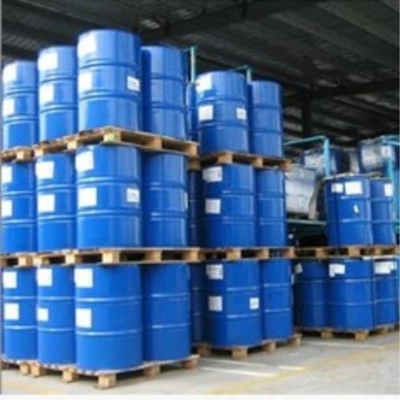Nutritional value of quail eggs
-
Last Update: 2020-04-03
-
Source: Internet
-
Author: User
Search more information of high quality chemicals, good prices and reliable suppliers, visit
www.echemi.com
Quail is a kind of bird belonging to pheasant family, partridge, pheasant and common chicken also belong to this family Although quail has always been a living food in hunting, French chefs first introduced quail as a special cooking food to the public since the 20th century In the end, quail eggs have become a delicacy of different catering cultures, and even become popular in street snack stands Although smaller, the nutritional value of quail eggs is similar to that of eggs Calories and fat according to the U.S Department of agriculture, a quail egg weighing 9 grams provides about 1.2 grams of protein, but only 14 calories in calories, and contains no carbohydrates or sugar A quail egg provides 1 g of fat and 76 mg of cholesterol Vitamins and minerals quail eggs also contain different vitamins and minerals, including vitamins A, B-12 and B-6, as well as thiamine, riboflavin, niacin, β - carotene and lutein Quail eggs also provide large amounts of phosphorus, potassium, selenium and calcium, as well as small amounts of iron, manganese, copper and zinc In addition, quail eggs are also an ideal source of 18 amino acids Wrong idea some people think that the cholesterol content of quail eggs is higher than that of eggs, which may be related to its dark or spotted shell However, according to the American Journal of food nutrition, there is no significant difference in cholesterol content between eggs and quail eggs Quail eggs are used as widely as eggs, and in fact, almost all kinds of food cultures contain them The traditional way is to fry and boil Of course, there are different ways to eat in every place For example, Japanese sushi often uses quail eggs as raw materials.
This article is an English version of an article which is originally in the Chinese language on echemi.com and is provided for information purposes only.
This website makes no representation or warranty of any kind, either expressed or implied, as to the accuracy, completeness ownership or reliability of
the article or any translations thereof. If you have any concerns or complaints relating to the article, please send an email, providing a detailed
description of the concern or complaint, to
service@echemi.com. A staff member will contact you within 5 working days. Once verified, infringing content
will be removed immediately.







